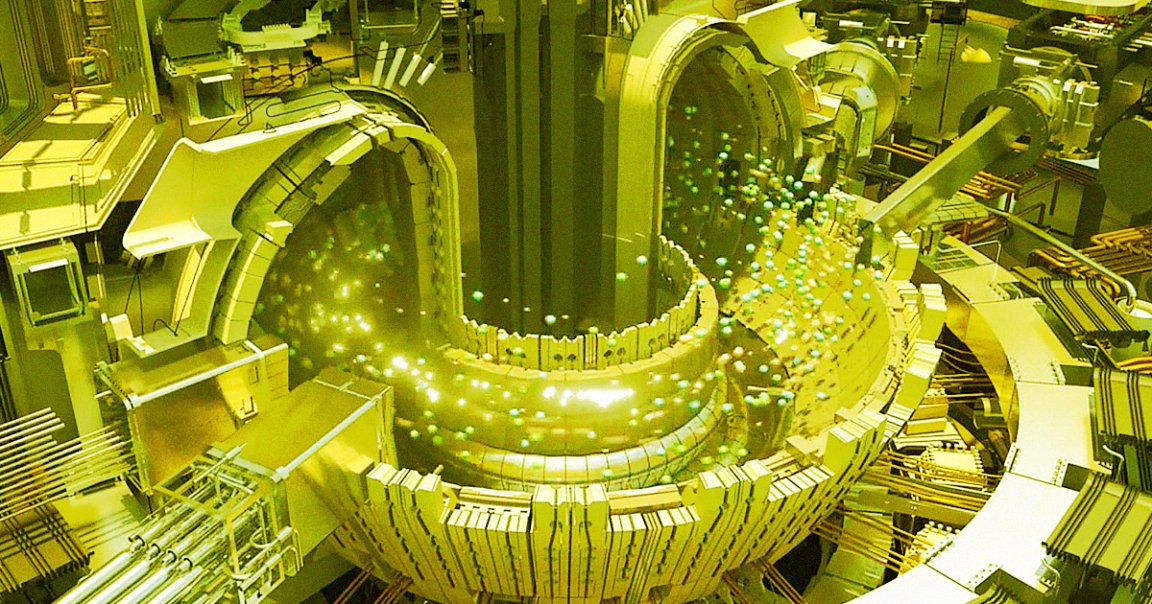
British engineers are preparing to test the fuel mix that could one day power the largest nuclear fusion experiment in the world, Nature reports.
Researchers at the Joint European Torus (JET), a fusion reactor at the Culham Centre for Fusion Energy in Oxfordshire, UK, began conducting fusion tests involving tritium, a radioactive isotope of hydrogen, back in December.
The tokamak, a commonly implemented donut-shaped reactor design, was converted into a one-tenth scale reactor of ITER, the world’s largest planned nuclear fusion research project that began assembly in July 2020. ITER is set to start operations no sooner than 2025.
This summer, researchers at JET will begin experiments involving both tritium and deuterium, a different hydrogen isotope.
The concept is simple, with plasma of both isotopes combining in order to release heat. The heat is the result of helium being produced, bringing temperatures inside the reactor up to 100 million degrees, several times hotter than the Sun’s core. This additional heat then sustains further fusion reactions, as Nature explains.
At least that’s the theory. No fusion reactor has yet managed to produce more energy out of these cascading reactions than what it took to start them.
JET’s initial goals aren’t quite that ambitious as it gears up to find the right fuel mix for the much bigger version at ITER. The researchers are hoping to sustain reactions for at least five seconds to collect all the data they need about how tritium behaves.
“What we are after is physics information that we can use to validate our understanding, and then we can apply that to preparing the future machine,” Joelle Mailloux, co-lead of the experiment at JET, told Nature.
Making matters even more complicated is the fact that bombarding neutrons created by the mixing of tritium and deuterium will make the inner facility quite radioactive. So radioactive, in fact, that humans won’t be able to safely step foot inside for at least 18 months. That means it will have to work the first time.
For now, fusion energy remains an extremely elusive form of generating power. While there is considerably more weight behind efforts to make it a reality than there just ten years ago, on the small startup and international scale alike, practical fusion power has yet to materialize.
But once realized, it could represent an entirely new form of virtually limitless energy — minus the risk of a nuclear meltdown.
READ MORE: Fuel for world’s largest fusion reactor ITER is set for test run [Nature]
More on fusion: Korean “Artificial Sun” Fusion Reactor Sets New World Record